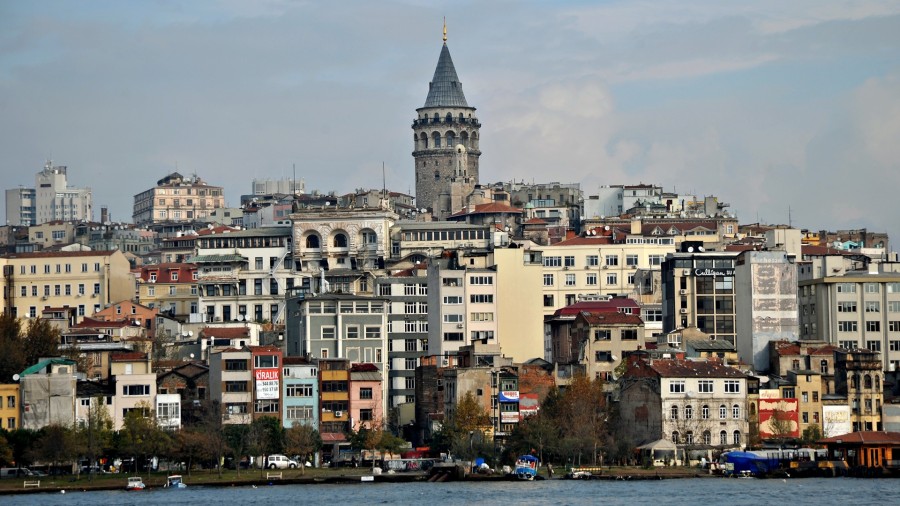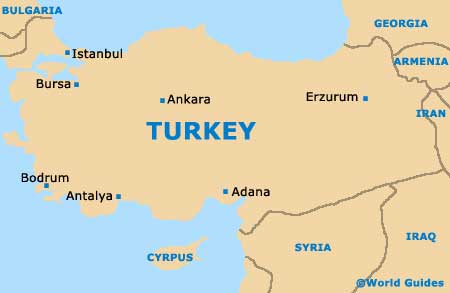It’s a one-of-a-kind museum, Turkey’s first and only one devoted exclusively to all things Jewish.
Opened 13 years ago to mark the 500th anniversary of the arrival of Spanish Jews to the Ottoman Empire, the Jewish Museum in Istanbul is a unique institution in Turkey.
More than a decade on, the museum’s focus is still on these refugees and their descendants, who form Turkey’s modern Jewish community.
“We celebrate five centuries of the togetherness of Turkish Jews and Turkish Muslims,” said Naim Guleryuyz, its president and curator.
Housed in a former synagogue in an obscure corner of the semi-industrial Karakoy district, the museum pays homage to the achievements of Ottoman and Turkish Jews from the late 15th century onward.
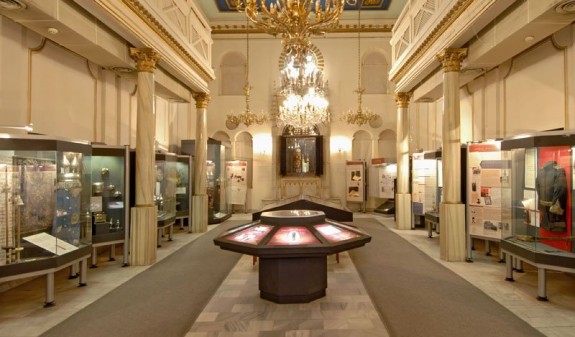
Jews reached Anatolia, Turkey’s heartland, long before Sephardi Jews from Spain were invited to settle in Ottoman lands by sultan Bayazid II. As Guleryuyz writes in The Turkish Jews, a book visitors can purchase in the museum’s gift shop, the history of Jews in Anatolia began centuries before the migration of Sephardi Jews to the Ottoman Empire.
As he noted, ancient synagogue ruins have been found in Sardes and Meiletus and traces of Jewish settlement have been discovered near Bursa. But at the Jewish Museum, the accent is on the Ottoman Empire and its successor state, the Turkish secular republic, which emerged in 1923 after a bitter struggle.
The museum is the brainchild of Guleryuyz, a retired 80-year-old lawyer and historian who has worked as a volunteer in the Jewish community since 1951.
He was president of the Quincentennial Foundation, which was established in the late 1980s to commemorate the 500th anniversary of the flight of Spanish Jews to the Ottoman Empire, which once stretched into the Balkans and the Middle East. Festivities took place in 1992, casting a spotlight on this seminal event.
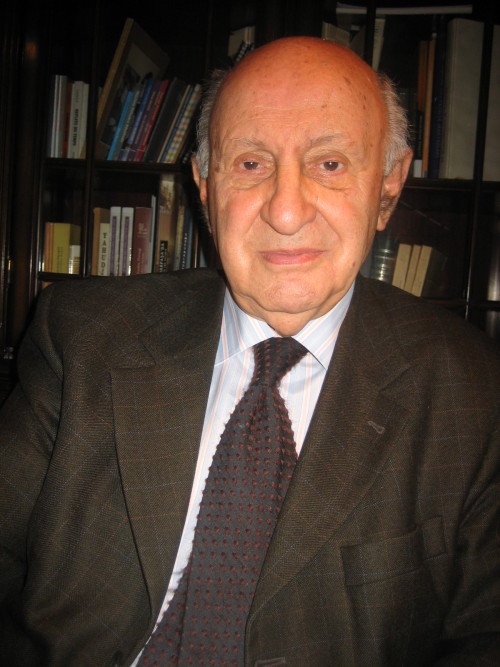
Being reluctant to wind things down, Guleryuyz decided that an exhibition in the form of a museum was needed to permanently memorialize the resettlement of Spanish Jews in the Ottoman Empire. Officially opened on Nov. 25, 2001, the museum has since received an annual average of 10,000 visitors from Turkey and abroad.
In the Muslim world, there is only one other museum whose focus is on Jews, and it’s in Casablanca, Morocco. There was once a Jewish museum in Cairo, but it closed years ago.
Turkey’s Jewish Museum was formerly the site of the 19th century Zulfaris synagogue, which shut its doors in 1985 after its congregants had moved away from the neighborhood. The old and decrepit building was renovated thanks to the generosity of the Kamhis, one of the oldest Jewish families in Turkey.
The museum, whose operating budget is derived from private sources, displays about 250 objects, documents and photographs, all illuminating the culture and traditions of the 20,000 Jews who live in Turkey today. The exhibits were drawn from family collections and bought at auctions.
As I walked through the museum, I stopped to gaze at a wide assortment of items, from elaborate Torahs and intricately-woven Torah scrolls to silver Torah shields and framed photographs of the chief rabbis of the Ottoman Empire and Turkey.
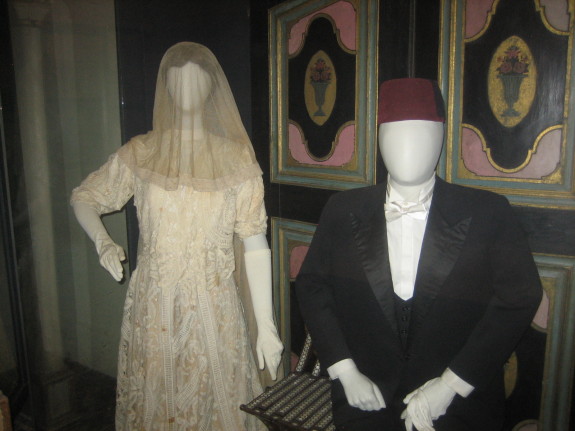
The cultural and religious folkways of Turkish Jews were revealed through exhibits on wedding dresses, wedding certificates, native costumes, amulets, jewelry, circumcision tools and a circumcision chair.
In the political realm, a photographic gallery of Jewish politicians and civil servants shows Ottoman Jews with moustaches and fezzes. There is a replica of the Treaty of Lausanne, which in 1923 recognized Turkey as a sovereign nation within its present-day boundaries and accorded minority rights to Christians and Jews.
A photographic gallery of Jewish soldiers who fought in World War I and the subsequent War of National Independence reminds visitors of the patriotic ties that bind Jews to Turkey.
Turkey’s decision to admit Jewish professors from Nazi Germany in the 1930s is taken note of in another gallery. Turkey’s role in saving European Jews during the Holocaust is explained through text, photographs and maps.
The Jewish Museum has a story to tell and it tells it reasonably well.
s
